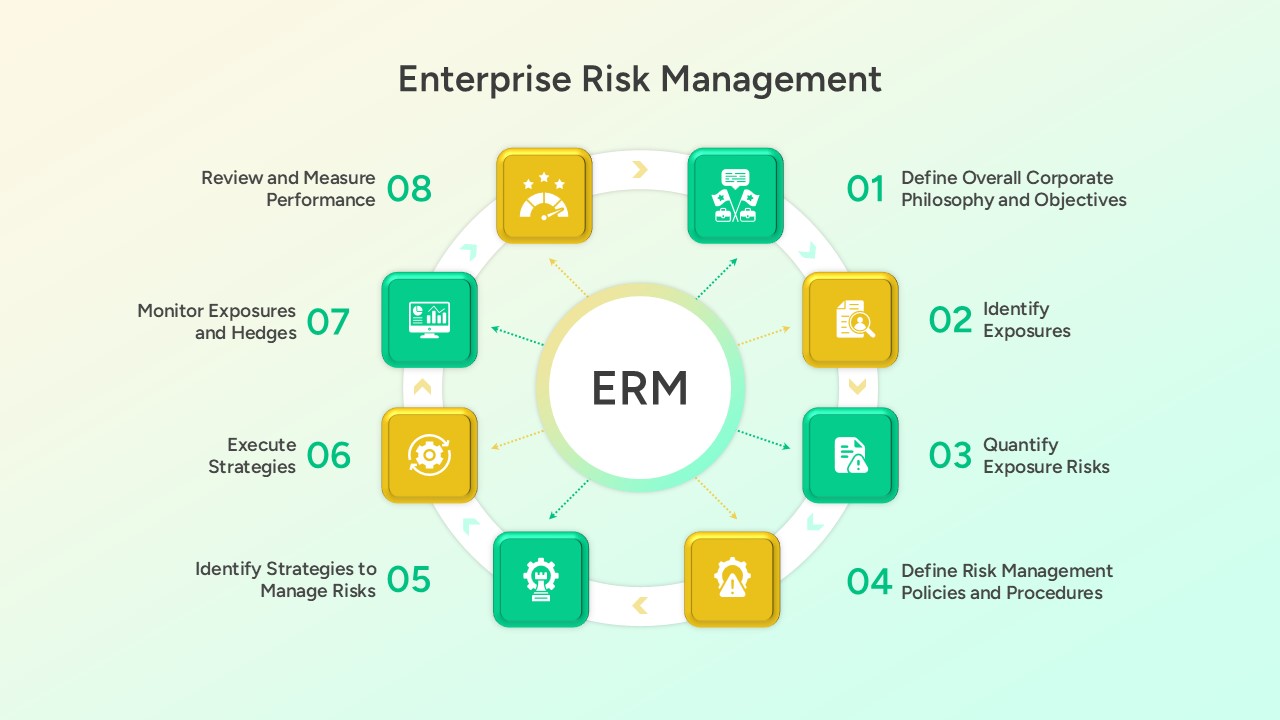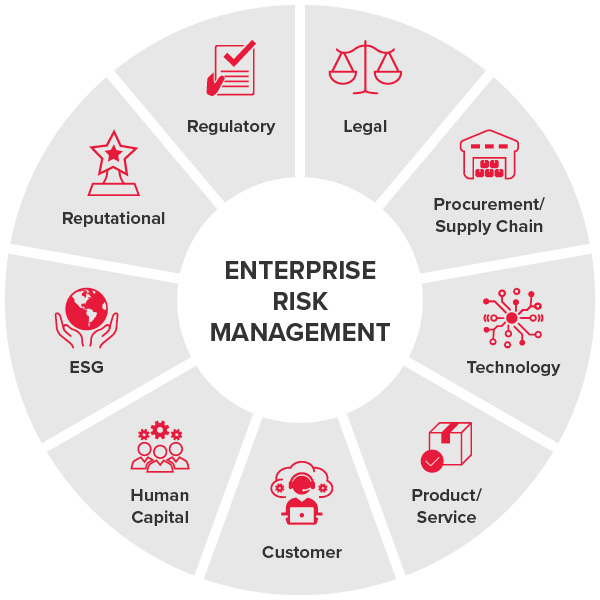Just How Ai-Driven Solutions Are Changing Expert Threat Prevention and Compliance in the Work environment
In today's digital landscape, insider threats position significant dangers to organizations. AI-driven options are becoming crucial devices in addressing these obstacles. By utilizing advanced analytics and real-time monitoring, these innovations improve threat discovery and streamline compliance administration. As companies embrace these cutting-edge approaches, the transformation of workplace protection becomes evident. However, the implications of this change elevate crucial questions about the future of business safety and security and staff member privacy.
Comprehending Insider Threats: The Growing Threat in Modern Workplaces
As companies progressively depend on digital systems to handle sensitive details, the danger of insider risks has come to be a pushing concern. Expert hazards can develop from employees, contractors, or company partners that manipulate their access to delicate data for malicious objectives. These dangers are particularly testing to alleviate because of the trust integral in employer-employee connections.
Inspirations for insider hazards vary from financial gain and individual complaints to ideological ideas. The repercussions of such violations can be severe, consisting of financial loss, reputational damages, and legal effects. Determining possible insider threats is made complex by the refined nature of their tasks, which often blend seamlessly with typical business operations.
Organizations should focus on substantial safety and security training and promote a society of liability to deal with these risks. By comprehending the numerous sorts of expert risks and their inspirations, firms can better prepare to carry out effective preventative measures and protect their delicate info.

The Duty of AI in Enhancing Risk Discovery
AI plays a vital function in enhancing danger detection with the execution of predictive analytics and behavioral pattern acknowledgment. By analyzing huge quantities of data, AI systems can identify abnormalities that might indicate prospective expert threats. This aggressive approach enables organizations to respond quickly to threats before they intensify.
Anticipating Analytics Implementation
While organizations increasingly depend on electronic properties, the potential for expert risks stays a substantial concern. Predictive analytics application plays a critical function in addressing this problem by leveraging historic information to anticipate potential dangers. Insider threats. By assessing patterns and trends, organizations can determine abnormalities that might show destructive intent or high-risk behavior among workers. These sophisticated AI-driven systems use maker discovering formulas to refine their predictive capabilities over time, adapting to new data inputs and evolving risk landscapes. In addition, the proactive nature of predictive analytics allows organizations to take preemptive steps, thus reducing the risk of data breaches or compliance violations. Inevitably, the assimilation of predictive analytics boosts an organization's total protection stance and supports a more resilient office atmosphere
Behavioral Pattern Recognition
Recognizing and identifying behavior patterns is vital for improving threat detection within organizations. AI-driven services utilize advanced formulas to analyze large amounts of information, recognizing unusual behaviors a measure of possible insider threats. By continuously monitoring staff member tasks, these systems can find variances from established patterns, such as transformed access to delicate information or uneven communication actions. This positive approach facilitates very early intervention, mitigating threats before they rise into substantial safety violations. Furthermore, AI boosts the accuracy of risk detection by lessening false positives, enabling protection teams to focus on genuine worries. As organizations significantly adopt AI technologies, the assimilation of behavioral pattern acknowledgment will certainly play a vital duty in reinforcing overall safety and conformity frameworks.
Proactive Compliance Management Via AI Analytics
As organizations navigate progressively intricate regulatory landscapes, aggressive compliance administration with AI analytics becomes a crucial strategy. AI-driven services promote the automation of conformity processes, enabling organizations to identify and deal with prospective threats prior to they rise (Insider threats). By analyzing huge volumes of data, these systems can uncover patterns and anomalies that may show compliance breaches or insider threats
AI analytics boost the performance of conformity training programs by customizing web content to details staff member actions and threat elements. This individualized technique assurances that compliance training is both appropriate and engaging, promoting a culture of responsibility within the organization.
Furthermore, AI tools can improve reporting and documentation, reducing the management concern on conformity groups. By giving anticipating analytics and real-time understandings, organizations can stay in advance of regulative modifications and maintain a durable compliance stance, ultimately reducing the risk of pricey infractions and enhancing total work environment security.
Real-Time Surveillance and Action Capabilities
Reliable compliance administration establishes the foundation for durable safety and security measures, yet the dynamic nature of insider hazards requires real-time monitoring and action capabilities. Organizations are increasingly leveraging AI-driven options to maintain constant surveillance of individual behavior and system activities. This aggressive approach permits for the immediate identification of anomalies that might suggest possible insider hazards.
Real-time monitoring systems utilize sophisticated formulas to evaluate large quantities of information, allowing companies to discover dubious tasks as they occur. When irregular patterns are identified, automated notifies can cause instant feedbacks, such as restricting gain access to or launching investigations. This quick activity reduces prospective damages and warranties that organizations can deal with hazards quickly.
In addition, incorporating these capabilities within compliance frameworks improves total security position, lining up with regulative needs while safeguarding sensitive info. Inevitably, real-time surveillance and response capacities are essential for fostering a secure workplace setting in an era of developing insider risks.
Building a Culture of Security Awareness
A strong society of protection recognition is crucial for companies aiming to alleviate expert threats properly. This society promotes a setting where workers recognize the value of information safety and security and their function in protecting sensitive info. Organizations can achieve this by executing comprehensive training programs that educate team on acknowledging potential risks and sticking to safety protocols.
Normal interaction concerning safety policies, updates, and ideal methods also enhances the importance of alertness. Motivating open dialogue regarding safety and security concerns encourages workers to report dubious activities without anxiety of consequences.
In addition, organizations need to acknowledge and compensate positive behavior pertaining to safety and security, which can boost engagement. By incorporating protection understanding right into daily regimens, firms cultivate a workforce that focuses on security, eventually lowering the possibility of expert dangers. A committed technique to constructing this culture not only secures business properties but additionally adds to conformity with regulatory criteria.

Case Studies: Successful Application of AI-Driven Solutions
The integration of AI-driven services in organizations has actually confirmed to be a transformative approach to combating insider risks. One noteworthy study entails a financial institution that carried out an AI-based surveillance system to evaluate employee habits. By using maker knowing formulas, the system detected abnormalities in information access patterns, permitting the company to recognize possible expert hazards prior to any type of significant damages happened.
One more example is a technology company that took on AI-driven visit this page analytics to boost its conformity efforts. This service enabled the firm to automate the testimonial of data and communications sharing, making certain adherence to regulatory demands while reducing human error.
Both instance studies show the efficacy of AI in offering real-time understandings and aggressive procedures against expert hazards, demonstrating that organizations can over here substantially boost their safety and security pose via ingenious innovation. These implementations not just secure sensitive information yet likewise foster a society of compliance and alertness.
Future Patterns in Insider Danger Avoidance and Conformity
As organizations increasingly identify the value of AI-driven solutions in minimizing insider threats, focus is shifting towards future trends that will certainly shape avoidance techniques and conformity frameworks. One substantial pattern is the assimilation of sophisticated equipment discovering formulas capable of adjusting to developing hazards in real-time. This adaptability permits companies to preemptively recognize dangerous actions before they rise into safety incidents.
Furthermore, the focus on data privacy and moral AI usage is expected to grow, with structures emerging to ensure conformity with laws like GDPR and CCPA. Organizations will likely adopt even more extensive training programs to enlighten his explanation employees regarding possible threats, fostering an aggressive security culture.
The cooperation in between AI devices and human insight will come to be extremely important, as crossbreed models leverage the staminas of both modern technology and human instinct. On the whole, these fads will certainly develop a more resistant landscape for expert hazard avoidance and conformity, boosting business protection in the electronic age
Regularly Asked Inquiries
Just How Do AI Solutions Incorporate With Existing Safety Equipments?
AI solutions seamlessly integrate with existing security systems by assessing information from various sources, boosting hazard discovery abilities, and improving incident response. This assimilation permits organizations to reinforce their security posture and enhance compliance initiatives properly.
What Industries Advantage A Lot Of From Ai-Driven Insider Danger Avoidance?

Just How Can Workers Report Suspicious Actions Without Concern?
Workers can report suspicious actions without worry by utilizing confidential reporting channels, guaranteeing discretion, and cultivating a supportive workplace society that emphasizes safety and security and responsibility. This encourages open interaction and count on amongst all staff member.
What Are the Expenses Related To Applying AI Solutions?
The costs linked with executing AI remedies include software program licensing, infrastructure upgrades, continuous upkeep, personnel training, and possible combination expenditures, which can vary significantly relying on the organization's dimension and specific demands of the modern technology.
How Commonly Should AI Systems Be Updated for Performance?
AI systems should be updated consistently, ideally every few months, to assure efficiency. Continuous developments in technology and developing dangers necessitate these updates to preserve significance and boost the system's capability to protect against insider risks.
Efficient conformity management sets the foundation for robust safety actions, but the dynamic nature of insider dangers demands real-time surveillance and feedback capabilities. A strong culture of safety understanding is crucial for companies intending to mitigate insider threats efficiently. By integrating safety and security understanding into everyday routines, business cultivate a workforce that prioritizes security, ultimately reducing the likelihood of insider threats. Both case researches highlight the efficiency of AI in supplying real-time insights and positive steps against expert hazards, showing that organizations can considerably bolster their security stance via ingenious technology. As organizations significantly identify the value of AI-driven services in mitigating expert dangers, attention is changing towards future patterns that will certainly form prevention approaches and conformity frameworks.